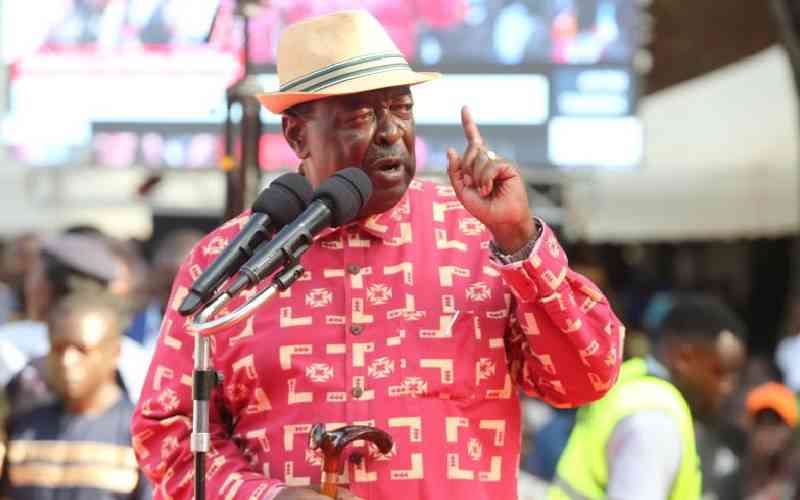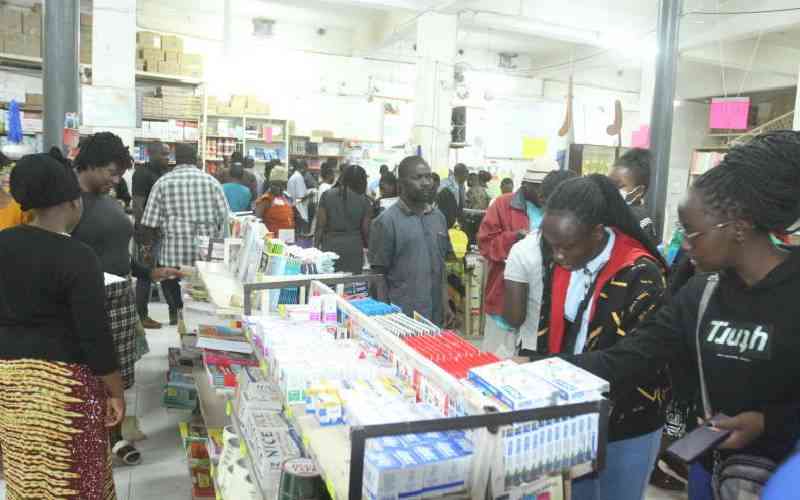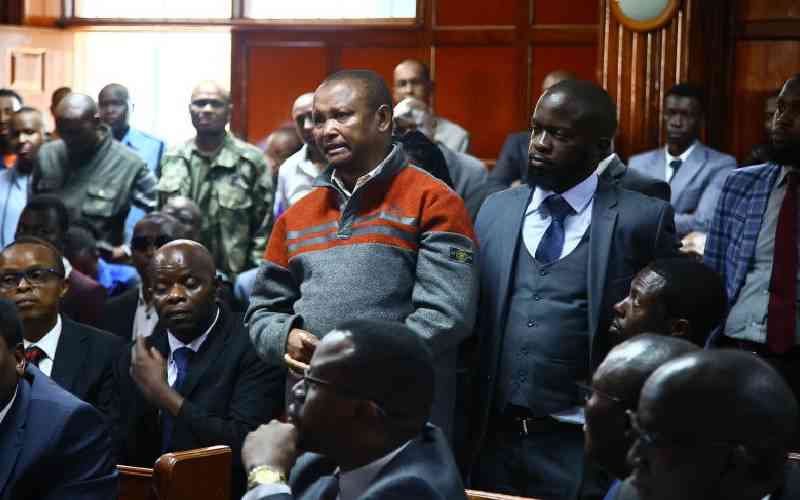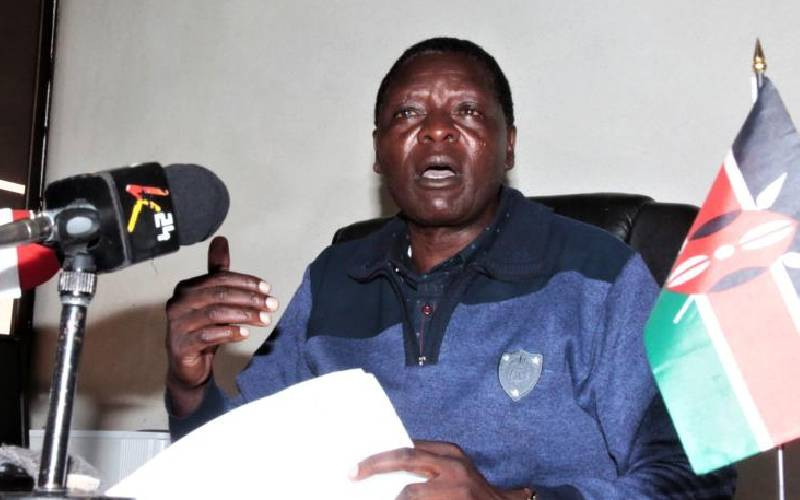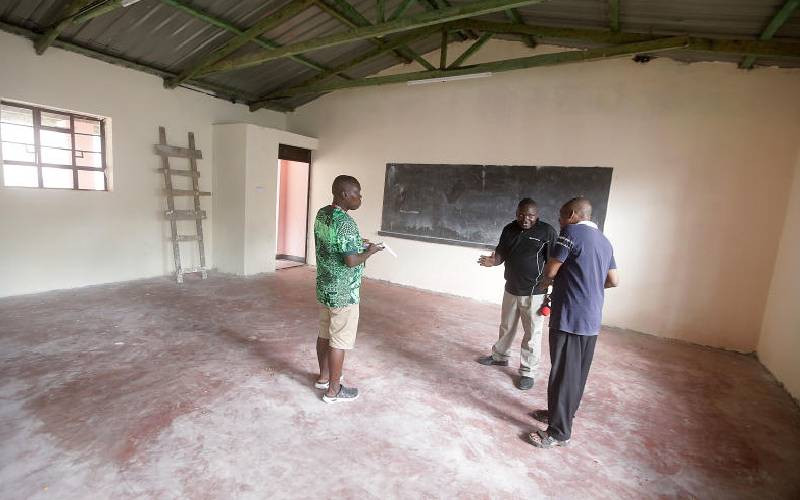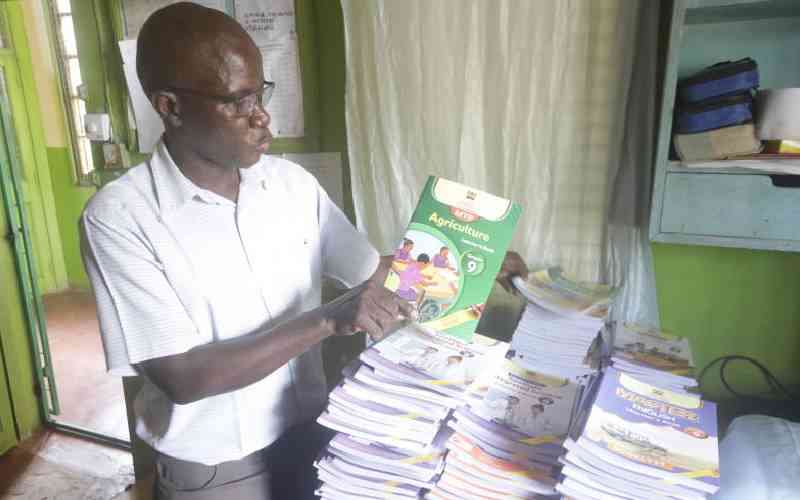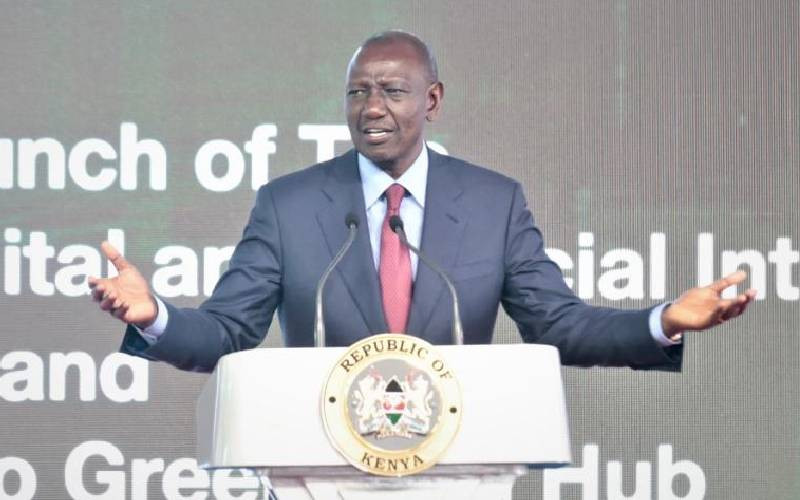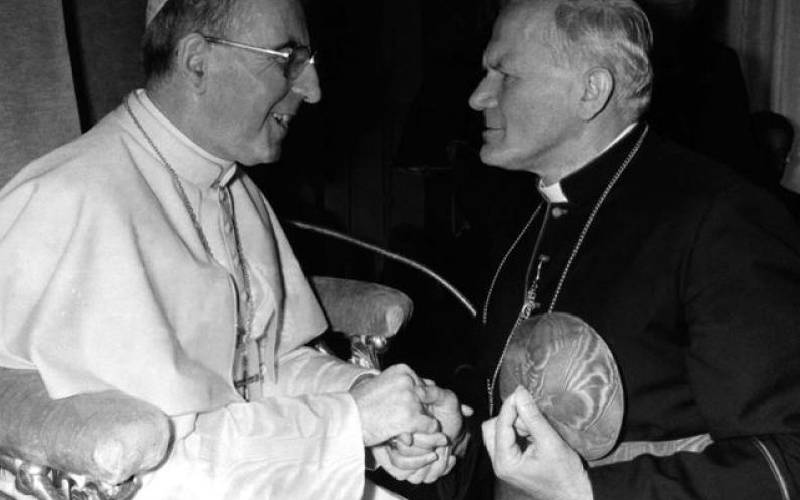
Pope John Paul I (L) meets Cardinal Karol Wojtyla, archbishop of Kracow, in October 16, 1978.
In marking the birth of Jesus Christ this weekend, let’s spare a thought for a man who meant well for developing countries–particularly for Kenya–but was never allowed to live. His name was Albino Luciani, otherwise known as Pope John Paul 1.
He was elected Pope on August 26, 1978. Thirty-three days later, he was found dead. Without benefit of an autopsy or known disease history, the Vatican unilaterally announced a heart attack as cause of his sudden death. Many doubted–and still do.
Forty-three years later, the reigning pontiff, Pope Francis, who in many ways resembles John Paul 1, has consented to beautification of the fallen Pope, the Catholic process that leads to canonisation and declaration of sainthood.
World-famous investigative author David Yallop wrote an authoritative account on the mystery of John Paul 1’s death titled In God’s Name, in which he established motives for the murder; identified possible suspects; plausible plot of execution and subsequent cover-up.
Obviously, Vatican casually dismissed the book, but the world press disagreed because not a single issue raised by the author was substantively and conclusively addressed in the Vatican response. Many non-partisan lawyers, too, agreed that more than a prima facie case had been established in the book that has sold over 10 million copies. The first edition hit the streets in 1984. Six reprints followed–most recent in 2007. In every edition the author convincingly proved how passage of time and events vindicated his original account. Wisely, the Vatican declined to comment lest it gives him more incriminating fodder for the next edition. Yallop died on September 14, 2018–two weeks to 40th anniversary of the Pope’s death–still waiting for satisfactory reply from the Vatican.
Three issues made John Paul 1 target of six men who wanted him dead only days after his inauguration. He intended to dismantle entrenched cartels that had turned Vatican city-state into a hub for money-laundering; he would get rid of church officials who were members of a clandestine criminal outfit known as the P-2. He was also set to reverse a decree by his predecessor that prohibited Catholics from using birth control methods other than celibacy and rhythm (natural) method.
It is birth control issue that specifically touched on Kenya and the developing world. Here is the background. On July 25, 1968, then reigning pontiff, Pope Paul V1, signed into Canon law a document titled Humanae Vitae, which among other things, banned use of contraceptives by Catholic faithful. The decree–though supported by conservatives in the church majority of them celibate clergy in their sixties and above–met with great opposition from progressive priests and the rest of the right-thinking world who saw a ballooning global population, especially in the developing world, as huge threat to mankind and a timebomb.
Among the leading clergy who silently petitioned the Pope against assenting to the restrictions on birth control was Cardinal Albino Luciani, then bishop of Venice, Italy, and the man who would succeed him as Pope a decade later.
Cardinal Luciani had rightly argued that an uncontrolled rise in population would greatly hurt poor congregants in the developing world where economic growth didn’t match growth in population, resulting to widespread poverty, disease, and ignorance.
Heed wise counsel
Pope Paul V1 never heeded to the wise counsel. And so the boil pestered. A secret study by the Vatican and corroborated by the United Nations Commission on Population and Development confirmed three countries with highest number of Catholics in Asia, Africa, and South America–Philippines, Kenya and Brazil, respectively–also had world’s highest population growth rate.
At the close of 1970s, Kenya had the highest birthrate at 3.9 per cent and projected to hit 5 per cent by turn of the century. This compared to economic growth that was dropping from double to single digit, and soon plummeting to decimals. Luckily, we have managed to tame population growth to the 2.2 per cent it stands at today.
In late 1970s, American intelligence, the CIA, working with friendly Catholic clergy, were determined that the trend in developing countries be reversed. They found a ready partner in the soon to be pontiff, John Paul 1.
By the way, the Vatican has the best intelligence-gathering machinery in the world. An extract from the memoir of a former US ambassador to Kenya, Smith Hempstone, tells as much. Before landing in Nairobi he had a stop-over in Vatican with intention to quietly pick some intelligence on Kenya.
The former journalist turned envoy reckoned: “As a young reporter I had learned that Vatican’s Foreign Service was one of the best in the world–having a network of parish priests and nuns to call for information everywhere. The young priests are selected on the basis of intelligence and facility with languages where they are sent. The secular foreign (and intelligence) services, American and British included, tend to take a relatively short-term view–seldom beyond 10 years–of developments in any given country. But the Vatican, like the Kremlin in its salad days as a superpower, thinks in terms of centuries. This made the Vatican’s view of events particularly useful as a supplement and corrective to usual sources.”
Not surprising, the CIA had turned to independent-minded and progressive Pope John Paul 1 to help confront the threat of uncontrolled population explosion, as soon as his predecessor–the conservative and ailing Pope Paul–left the scene.
Within days of him taking over at the Vatican, a secret channel of communication was opened with US State Department and the Congress Select Committee on Population. Subsequently, the US embassy in Rome secured an appointment for a secret meeting between the new Pope and a delegation from the US. Subject of discussion was to be birth control.
The conservative wing that controlled the Vatican, headed by Secretary of State Cardinal Jean Villot, was least amused. The new Pope posed a great and imminent threat to all they held dear. It was decided that the new Pope had to be stopped. But he was too firm and principled for that to come through persuasion. Only one option remained: murder.
Ten days before he was found dead, Pope John Paul 1 had a 45 minute conversation with his Vatican Secretary of State, one of the very few who knew of the scheduled secret parley with a US delegation. The meeting reportedly was held in a funereal atmosphere where the Pope commented as he saw off Cardinal Villot: “We have been discussing birth control for about 45 minutes. If the information I have, the various statistics (from Kenya and elsewhere) is accurate, then during the period of time we have been talking over 1,000 children under the age of five have died of malnutrition. By this time tomorrow 30,000 children who at this moment are alive will be dead of malnutrition. God does not always provide where we don’t plan!”
On the evening of September 28, 1978, Pope John Paul 1 had a last meeting with Villot. Among the items discussed was the far-reaching reshuffle at the Vatican and the meeting with American delegation on birth control. They parted for supper to resume the meeting in the morning. It would not happen. At about 4.30 am, the Pope was found dead.
Postscript: The miracle to base beautification and canonisation of John Paul 1 in the coming year took place in Argentina’s city of Buenos Aires, the birthplace of Pope Francis, in September this year when an 11-year-old girl was miraculously healed of a terminal malignant refractory epileptic illness.
 The Standard Group Plc is a multi-media organization with investments in media platforms spanning newspaper print
operations, television, radio broadcasting, digital and online services. The Standard Group is recognized as a
leading multi-media house in Kenya with a key influence in matters of national and international interest.
The Standard Group Plc is a multi-media organization with investments in media platforms spanning newspaper print
operations, television, radio broadcasting, digital and online services. The Standard Group is recognized as a
leading multi-media house in Kenya with a key influence in matters of national and international interest.

